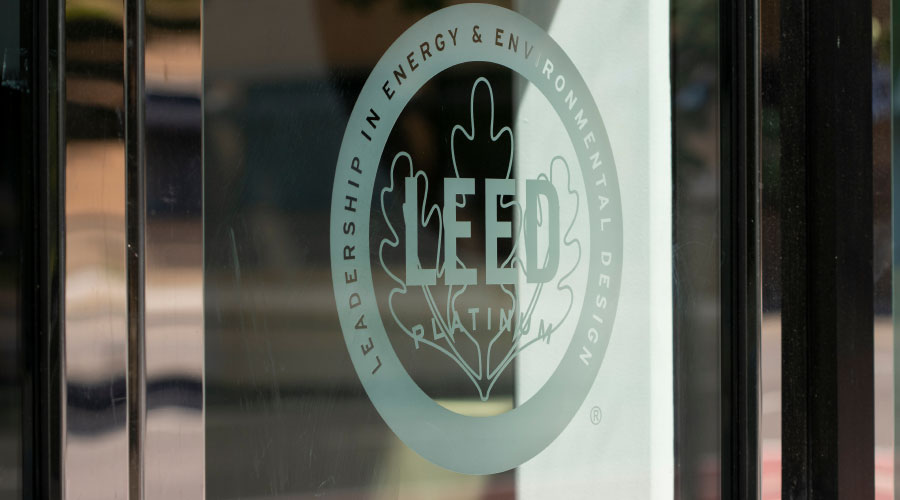Sustainable and Maintainable: Achieving Two Goals
Editor's note: This is the first of a two-part column. The second part will explore the impact of building envelopes and parking areas on sustainability and will appear online in March 2014.
Sustainability has become a top priority within institutional and commercial facilities in the last decade. Architects and consulting engineers continuously strive to reduce buildings' energy use in order to conserve valuable natural resources and reduce air pollution. But using unproven building materials and systems to achieve these goals can create long-term issues for maintenance and engineering managers and their departments, and they can have a significant impact on maintenance and operations budgets.
The U.S. Green Building Council (USGBC) formed in 1993 to promote sustainability in the building and construction industry. The USGBC created the Leadership in Energy & Environmental Design (LEED) rating system to certify sustainable buildings based on design, construction, operations and maintenance. Today, more than 53,000 projects comprising more than 10 billion square feet of construction space participate in LEED.
As a LEED Accredited Professional, I will not debate the merits of LEED or other sustainable organizations, such as the American High-Performance Building Coalition (AHPBC), which offer similar visions. These organizations do not design and construct facilities. Engineers, architects, construction companies and construction management firms do, and their responsibility is to communicate the impact of sustainable design principles, materials, and systems to those who take over operation of new facilities — building owners and maintenance, engineering and operations personnel.
Having been involved with many sustainable projects as a designer, constructor and maintainer, my primary purpose is to inform owners and maintenance personnel, as well as educate them during design, construction and operation of their sustainable facilities.
Many LEED points, such as those for bicycle racks, showers, and parking spots for hybrid vehicles, come with low impact to maintenance. But for our purposes, we will focus on the higher-impact areas — HVAC systems and equipment and building automation systems (BAS).
Related Topics:












